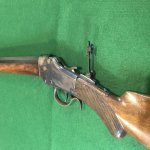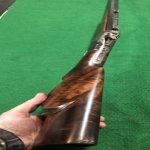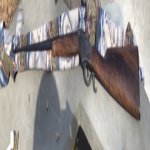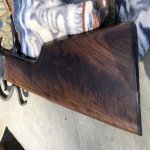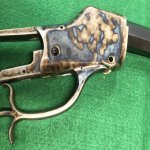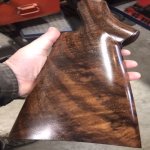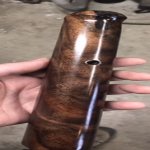Usually barrels are lined because the original bore is damaged, rusted out, perhaps bulged.
A reamer or piloted drill is used to open up the bore to suit the diameter of the liner. The liner will be bonded in place, chambered, extractor cuts made, etc. If a muzzleloading gun is being lined, the liner is fitted tight against the breechplug.
The cost will vary, depending on what is being done. Lining a .22 rimfire is straightforward; .22 liners are usually 5/16" diameter, so drilling out the old bore is relatively uncomplicated.
Centerfire liners will be larger in diameter. There is no ready supply of liners in Canada. A variety of sizes are made in the US; these are subject to US export controls. Go to trackofthewolf.com and you can see what is available there. A rifle barrel can be turned down to make a liner. Turning a barrel or blank down to a cylindrical half inch diameter would be an interesting challenge unless proper tooling was on hand.
Lining a bore retains the original external appearance, all markings, etc. If an arm is rebarreled, this originality is lost.
Elsewhere on this site, I've posted about a couple of Lee Enfield relining projects, a No.2 Mk. IV type using SMLE parts, and a No. 7 type based on a LB 1944 .22" receiver and No. 4 parts. Both barrels were originally .303, and were sleeved to .22LR.
Just installed a liner in a little Winchester M1902 .22 rifle.
The Stevens Favorite may well be a favourite for lining. These are cute little rifles often found with horrible bores.
 DFBFA836-D2DB-4F47-A37D-B52049F894B5.jpeg19.5 KB · Views: 464
DFBFA836-D2DB-4F47-A37D-B52049F894B5.jpeg19.5 KB · Views: 464 B9403E97-A805-44D7-83EB-852E9E2840FB.jpeg17.8 KB · Views: 466
B9403E97-A805-44D7-83EB-852E9E2840FB.jpeg17.8 KB · Views: 466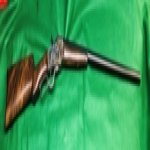 AED455EA-6965-4C45-B5B2-0A949D1BAF4F.jpeg10.6 KB · Views: 466
AED455EA-6965-4C45-B5B2-0A949D1BAF4F.jpeg10.6 KB · Views: 466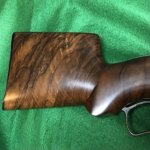 00AF59BC-8349-4FEB-84C4-80F8A6D46AFB.jpeg92.1 KB · Views: 461
00AF59BC-8349-4FEB-84C4-80F8A6D46AFB.jpeg92.1 KB · Views: 461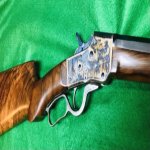 59C44CCB-7F04-47F4-BD9E-D323C1FA6FBE.jpeg87.6 KB · Views: 462
59C44CCB-7F04-47F4-BD9E-D323C1FA6FBE.jpeg87.6 KB · Views: 462





















































